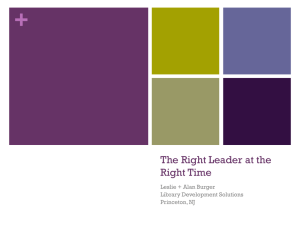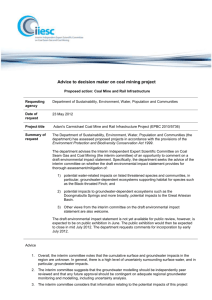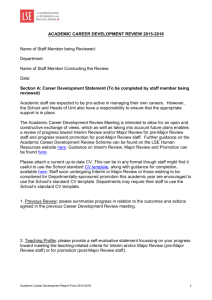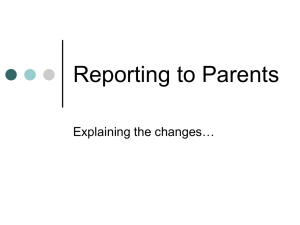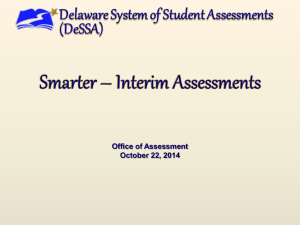South Galilee IIESC Project Advice (DOCX
advertisement
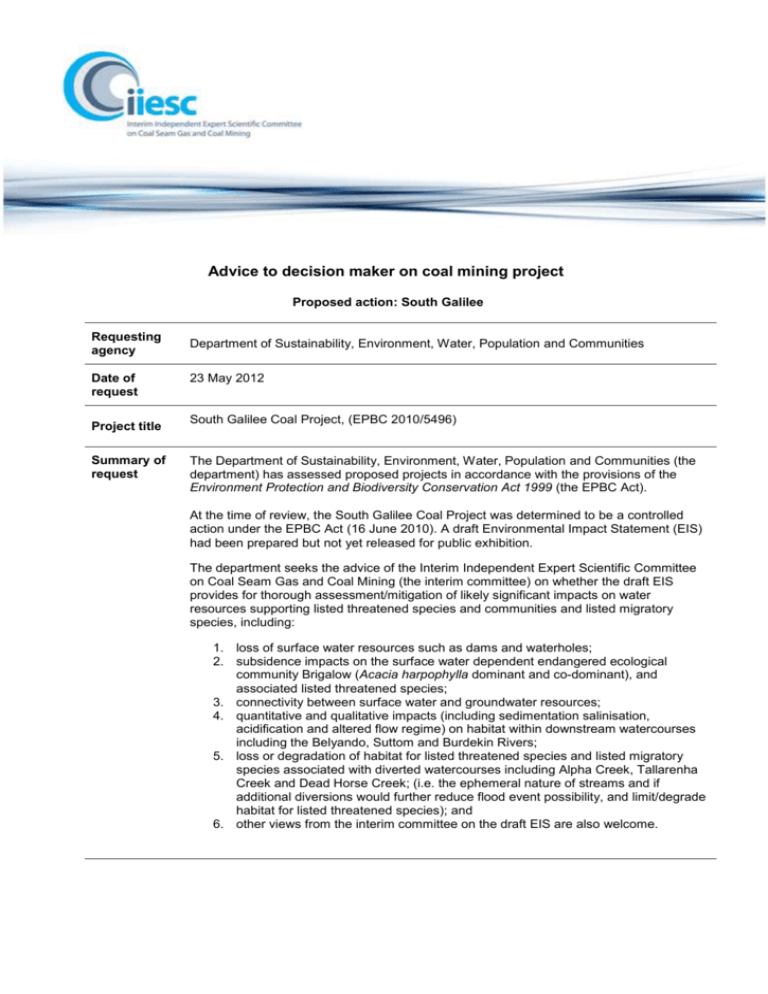
Advice to decision maker on coal mining project Proposed action: South Galilee Requesting agency Date of request Project title Summary of request Department of Sustainability, Environment, Water, Population and Communities 23 May 2012 South Galilee Coal Project, (EPBC 2010/5496) The Department of Sustainability, Environment, Water, Population and Communities (the department) has assessed proposed projects in accordance with the provisions of the Environment Protection and Biodiversity Conservation Act 1999 (the EPBC Act). At the time of review, the South Galilee Coal Project was determined to be a controlled action under the EPBC Act (16 June 2010). A draft Environmental Impact Statement (EIS) had been prepared but not yet released for public exhibition. The department seeks the advice of the Interim Independent Expert Scientific Committee on Coal Seam Gas and Coal Mining (the interim committee) on whether the draft EIS provides for thorough assessment/mitigation of likely significant impacts on water resources supporting listed threatened species and communities and listed migratory species, including: 1. loss of surface water resources such as dams and waterholes; 2. subsidence impacts on the surface water dependent endangered ecological community Brigalow (Acacia harpophylla dominant and co-dominant), and associated listed threatened species; 3. connectivity between surface water and groundwater resources; 4. quantitative and qualitative impacts (including sedimentation salinisation, acidification and altered flow regime) on habitat within downstream watercourses including the Belyando, Suttom and Burdekin Rivers; 5. loss or degradation of habitat for listed threatened species and listed migratory species associated with diverted watercourses including Alpha Creek, Tallarenha Creek and Dead Horse Creek; (i.e. the ephemeral nature of streams and if additional diversions would further reduce flood event possibility, and limit/degrade habitat for listed threatened species); and 6. other views from the interim committee on the draft EIS are also welcome. Advice 1. Overall, the interim committee notes that the cumulative surface and groundwater impacts in the region are unknown. In general, there is a high level of uncertainty surrounding surface water, and in particular, groundwater impacts. 2. The interim committee suggests that the groundwater modelling should be independently peer reviewed and that any future approval should be contingent on adequate regional groundwater monitoring and modelling, including uncertainty analysis. 3. Based on the information contained in the draft EIS, the interim committee considers that insufficient data was presented to demonstrate a linkage or connectivity between surface water and groundwater resources. However, the interim committee suggests that further modelling and monitoring should be undertaken as outlined above. The interim committee advises that a site and regional water balance is required which should include (but not be limited to) surface and groundwater interactions, implications on flow patterns, changes in runoff and other water resource impacts of the project. 4. The interim committee advises that it would also be desirable to undertake a risk assessment of the project on the water dependant values. 5. The interim committee advises that data regarding the volume of off-site water discharges is not consistently presented in the draft EIS, making it difficult to assess water quality impacts. Despite this, the interim committee notes that discharges of poor quality water from holding dams on the mine site is a potential source of downstream impacts; emphasising that the timing of release and quality of off-site water are critical factors in determining overall impacts. The interim committee further notes that subsidence in stream channels and stream diversions are likely to be a source of high levels of sediment mobilisation and turbidity, following initial site disturbance. 6. Further, the interim committee suggests that modelling of subsidence estimates be reviewed to appropriately inform surface water flow impacts. Specifically changes to topography which may result in surface flow impacts should be adequately assessed. Consideration should be given to practical options to maintain pre-existing ephemeral streams. 7. In relation to the specific questions asked, the interim committee notes that diversion of streams and any loss of near-permanent waterholes and/or dams represent a surface water impact. The interim committee emphasised the need for the creation of compensatory habitat, such as waterholes, within the stream diversion areas. 8. The interim committee further advises that water quality impacts, on site and downstream, may adversely impact water dependent species, at least periodically, and suggest that the availability of alternative, good quality water sources in the vicinity of the site will be important in minimising these impacts. 9. The interim committee advises that it would be useful to assess the characteristics of overburden to determine the possible resulting water quality (acidity and salinity), which may affect runoff and water within the void. 10. The interim committee notes that although impacts on Brigalow and associated listed species will occur as a result of the development, a range of avoidance measures and mitigation will manage those impacts to an acceptable level. The interim committee further notes that a range of avoidance and mitigation measures on the threatened species and ecological communities are described in the draft EIS and will be detailed in the proposed Threatened Species Management Plan. For example, a Biodiversity Offsets Strategy will be developed and implemented to compensate for residual impacts on vegetation and dependent fauna. Date of advice 29 June 2012 2



